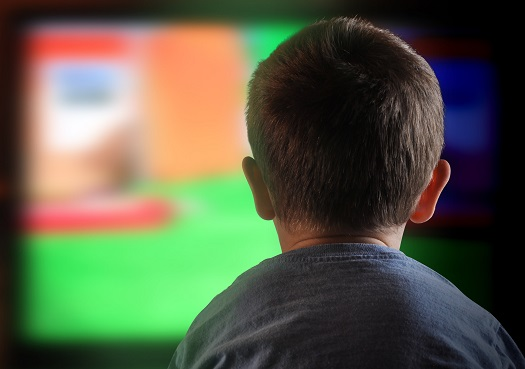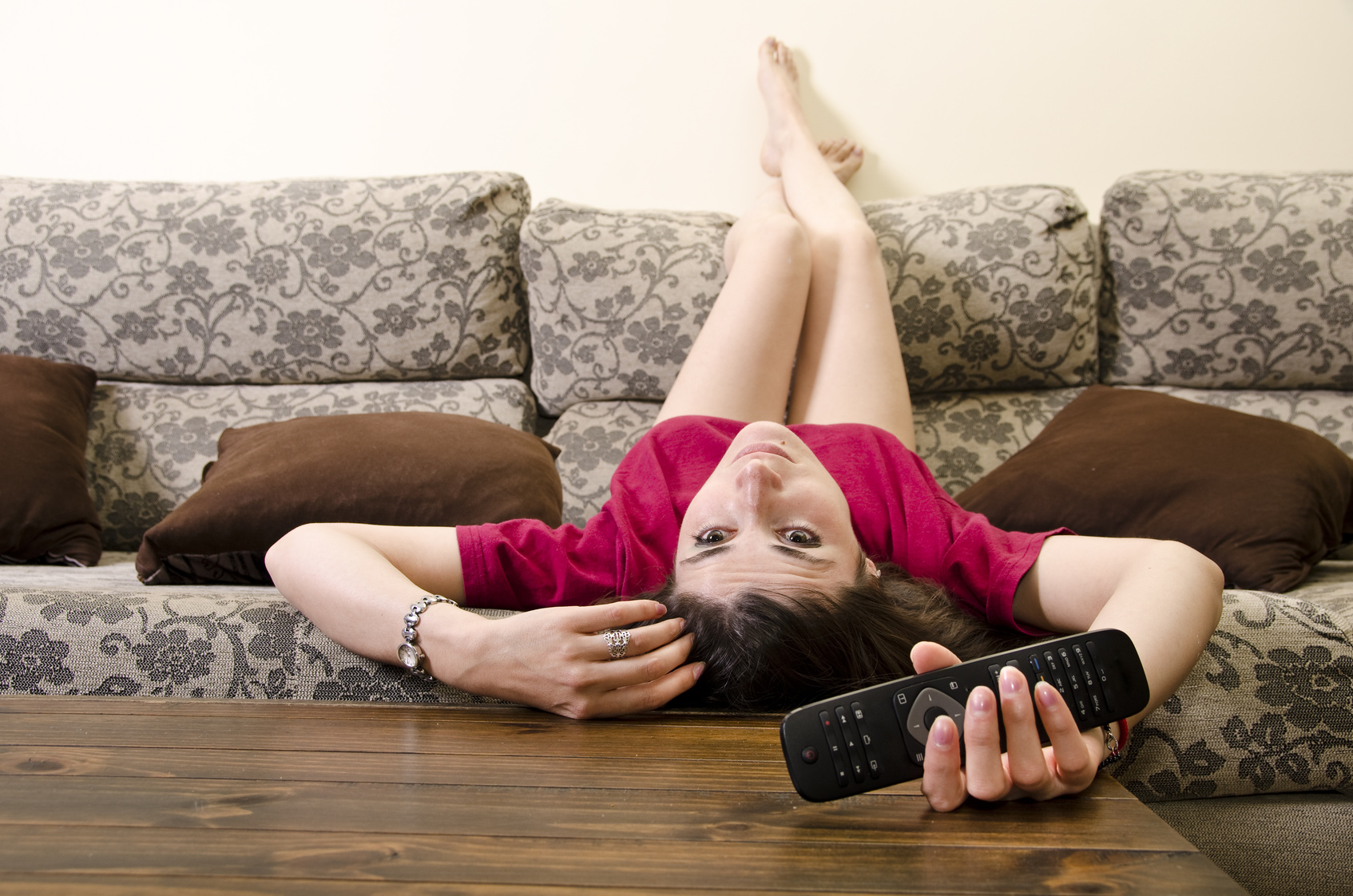
By Sally Robinson and Keith Bly
By the time an average child finishes high school, he or she will have spent thousands of hours in front of the television set.
Today, many pediatricians believe excessive television viewing by youngsters reinforces such destructive behaviors as alcohol abuse and cigarette smoking.
According to a study published in “Pediatrics,” the journal of the American Academy of Pediatrics, television and other media represent one of the most important and underrecognized influences on child and adolescent health.

“American media contribute more to adverse health outcomes than to positive or prosocial ones,” according to authors from the University of New Mexico School of Medicine, Albuquerque, and the University of California, Santa Barbara.
Young people average 16 to 17 hours of television viewing weekly, beginning as early as age 2, the article states. When video game and videocassette usage are added, some teenagers may spend as many as 35 to 55 hours in front of the TV.
Citing more than 150 references, the authors note the following:
- Young people view an estimated 10,000 violent acts each year. A recent National Television Violence Study examined nearly 10,000 hours of television programming from a three-year period and found that 61 percent contained violence, with children’s programming being the most violent.
- Each year, teenagers view nearly 15,000 sexual references, innuendoes and jokes, of which less than 170 will deal with abstinence, birth control, sexually transmitted diseases or pregnancy. The so-called family hour of prime time television (between 7 p.m. and 9 p.m.) contains more than eight sexual incidents per hour, more than four times as many as in 1976.
- Alcohol, tobacco or illicit drugs are present in 70 percent of prime time network dramatic programs, 38 out of 40 top-grossing movies and half of all music videos. For every “just say no” or “know when to say when” public service announcement, teens will view 25 to 50 beer and wine advertisements. Tobacco manufacturers spend $6 billion per year, and alcohol manufacturers $2 billion per year in all media, trying to entice young people into just saying yes.
 Many solutions exist, from developing new ways to regulate the media (governmental role) to improving the product itself (entertainment industry’s role).
Many solutions exist, from developing new ways to regulate the media (governmental role) to improving the product itself (entertainment industry’s role).
Parents also play a key role in a child’s television-viewing experience. We do not recommend TV sets in kids’ bedrooms, as it promotes unsupervised television watching. Here are some additional things you can do:
- Watch television with your child and discuss the program and commercial content.
- Always be aware of what your youngster watches.
- Restrict overall TV viewing.
The authors of the study conclude, “Children and teenagers comprise a captive audience for entertainment producers, but they also represent the next and only source of adults in American society. As such, they deserve far better than what they are being exposed to now.”
We need to help our children to be more physically and mentally healthy; although screen time may affect this outcome, the time in front of the television itself is not the only cause of many problems in children.
Changing the type of programs watched to programs that are less violent and more prosocial has been shown to be effective in changing the behavior of preschool children.
Sally Robinson is a clinical professor of pediatrics at UTMB Children’s Hospital, and Keith Bly is an associate professor of pediatrics and director of the UTMB Pediatric Urgent Care Clinics. This column isn’t intended to replace the advice of your child’s physician.